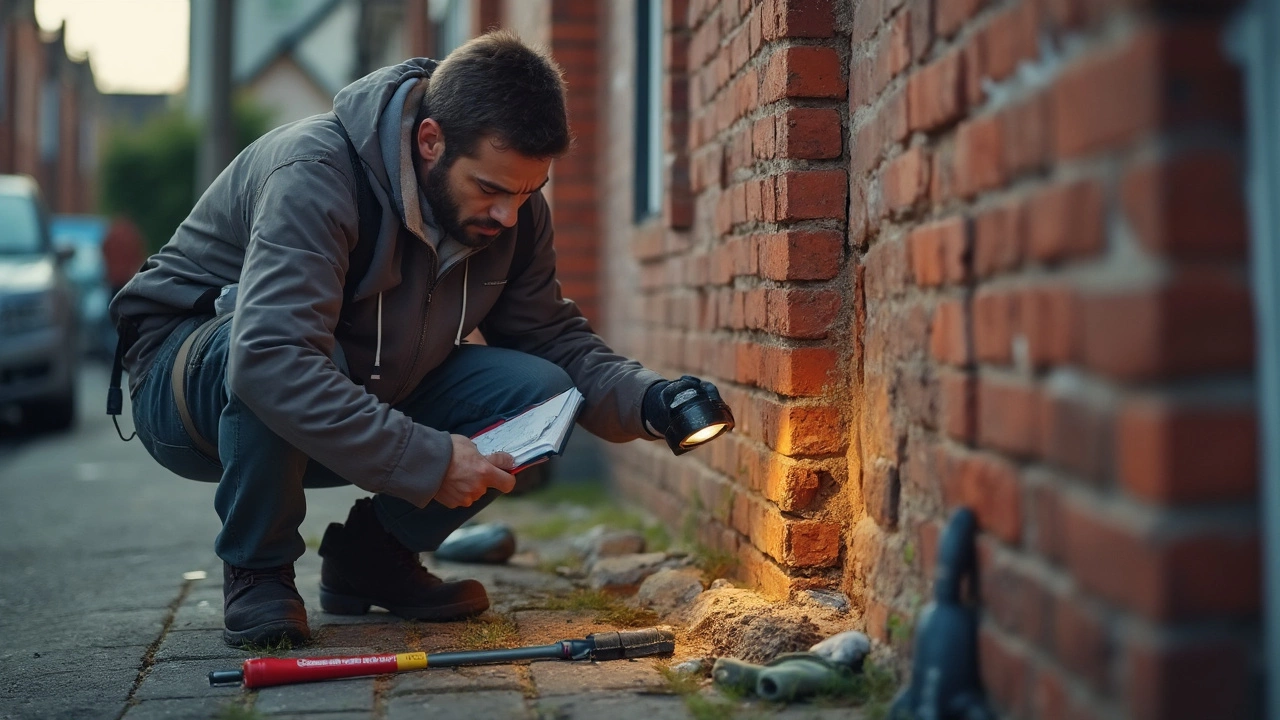Concrete Cracks: Spot, Assess & Repair Guide
Notice a hairline line in your driveway or a widening split in your garage floor? Those are concrete cracks, and they can mean anything from harmless shrinkage to a serious structural issue. Knowing the difference saves you money and headaches. In this guide we’ll show you how to read the signs, decide if a DIY fix will do, and know exactly when to call a professional.
Common Types of Concrete Cracks
Most cracks fall into three groups. Hairline cracks are thin, typically less than 1 mm wide, and appear soon after the concrete is poured. They’re usually caused by drying shrinkage and rarely need major repair—just a sealant will keep water out. Settlement cracks are wider, often V‑shaped, and show up when the soil beneath shifts. These can affect the slab’s support and may need a filler or a mudjacking job. Finally, structural cracks are the biggest worry. If you see a crack wider than 5 mm, a stair‑step pattern, or one that’s growing after a heavy rain, it could mean the foundation is moving. Those cracks need a professional’s eye.
Fixing Concrete Cracks – DIY or Professional Help
For hairline and small settlement cracks, a simple DIY fix works well. Clean the crack with a wire brush, apply a concrete‑compatible epoxy or polymer sealant, and smooth it with a putty knife. Let it cure as the product directs—usually 24 hours—and you’ve stopped moisture from getting in.
If the crack is wider than 5 mm, shows movement, or appears in a load‑bearing area (like under a porch column), skip the DIY route. A professional will assess the underlying cause—soil pressure, water infiltration, or foundation shift—and choose the right repair method. Options include pressure injection, epoxy stitching, or lifting the slab with polyurethane foam. Trying to fill a big, moving crack yourself often leads to repeated cracking and higher costs later.
Before you start any repair, check for water problems. Leaking pipes, poor drainage, or standing water near the slab can make cracks worse. Fixing the source of moisture first—by re‑grading the yard, installing a French drain, or repairing a leaky pipe—prevents new cracks from forming.
When you call a pro, be ready with details: the crack’s width, length, location, and when you first saw it. That helps the contractor diagnose quickly and give an accurate quote. Reputable firms, like McNeil Plumbing & Construction Services, will inspect the site, explain the cause, and recommend a solution that fits your budget.
In a nutshell, not every crack needs a hefty repair bill. Small, non‑moving cracks can be sealed in a weekend with the right products. Bigger or shifting cracks are a sign of deeper issues, and getting a qualified contractor involved early saves time, money, and peace of mind. Keep an eye on your concrete, act fast when you spot new cracks, and you’ll keep your home safe and sound for years to come.


